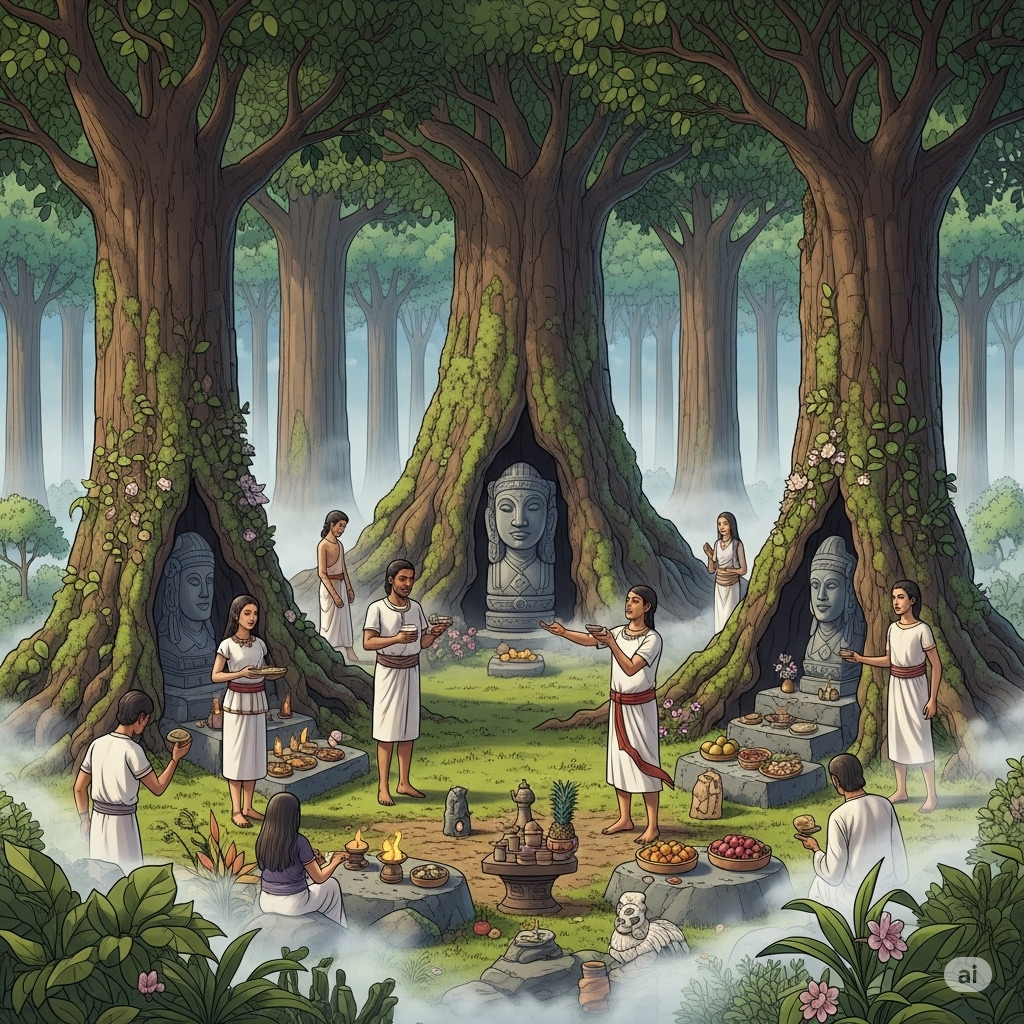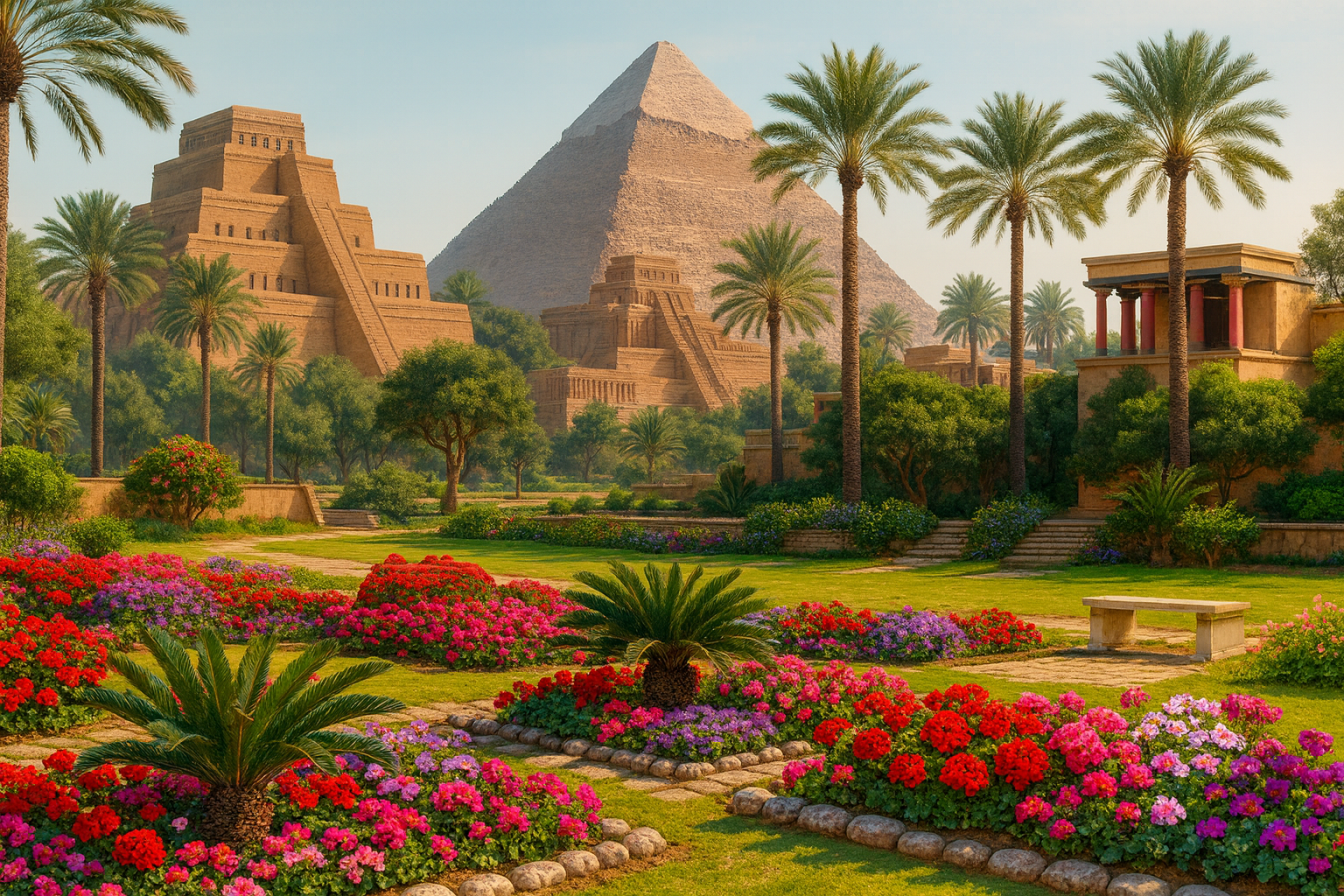Exploring the Sacred Forests of the Celts, Greeks, and Romans
Throughout ancient history, nature wasn’t merely a backdrop for religious practice—it was the temple itself. Sacred groves, dense woodlands venerated as divine spaces, played a central role in many early religious systems. Among the Celts, Greeks, and Romans, groves were not only spiritual sanctuaries but also key to understanding the relationship between humanity, the divine, and the natural world.
This article delves into the significance of sacred groves in these three influential civilizations and how these verdant sanctuaries shaped ancient spiritual life.
Celtic Sacred Groves: Where Nature and Divinity Converged
For the Celts, sacred groves—known as nemeton—were central to their spiritual and social life. Unlike the stone temples of other cultures, Celtic ritual spaces were often natural: forest clearings, oak glades, and riverbanks.
Key features:
Trees as vessels of divinity: The oak was especially sacred, symbolizing strength, endurance, and connection to the gods. Druids, the priestly class, often performed ceremonies under ancient oaks or in secluded groves.
Rituals and offerings: Groves were used for seasonal festivals, sacrifices (animal and possibly human), divination, and the teaching of oral lore.
Geographic spread: Nemetons were found throughout Gaul, the British Isles, and even parts of the Iberian Peninsula—evidence of their widespread importance.
The Romans, upon encountering Celtic groves, were often both awed and disturbed by their perceived wildness and the intensity of the rites conducted there. Some groves, like the Lucus Dianae near Nemi in Italy (linked to later Roman traditions), may have roots in earlier Celtic practices.
Greek Sacred Groves: Natural Temples for the Gods
In ancient Greece, sacred groves (alsos) were tied closely to specific deities and often located near temples or sanctuaries. The Greeks, who emphasized harmony between human artifice and nature, saw groves as an extension of divine presence.
Key examples:
Dodona: One of the oldest oracles in Greece, where Zeus was worshiped in a grove of oak trees. Priestesses interpreted the rustling of leaves as the voice of the god.
Delphi: Though more famous for its temple architecture, Delphi originally had associations with a sacred laurel grove of Apollo.
Artemis and Demeter: Goddesses associated with fertility and wild nature were often worshipped in or near forested groves.
These groves were not only places of worship but also of healing, reflection, and philosophical study. Sacred natural settings were seen as conduits between the mortal and immortal worlds—tranquil yet charged with spiritual energy.
Roman Sacred Groves: Law, Order, and Reverence
Roman religion inherited much from the Etruscans and other Italic peoples, including the veneration of sacred groves (lucus). However, Romans added a layer of legal and civic regulation, reflecting their structured approach to religion.
Distinctive features:
Sanctified by law: The lex Luci were formal laws that protected sacred groves. Trespassing, desecration, or unauthorized felling of trees could result in severe penalties.
Connected to numina: Groves were often believed to house numina, divine presences or spirits. Unlike the personalized gods of the Greeks, these spirits were more abstract and deeply embedded in place.
Famous groves:
Lucus Feroniae: A grove dedicated to the goddess Feronia, revered for liberty and fertility.
Nemi: The “Sacred Grove of Diana,” connected to arcane rituals involving the Rex Nemorensis—a priest-king who ruled until challenged and slain by a successor.
Even as temples and grand rituals grew more prominent, the presence of groves in Roman religion reminded citizens of the power of untamed nature and the ancient roots of their spiritual traditions.
Groves as Universal Sacred Space
Despite cultural differences, sacred groves served a similar function across these societies:
Bridging worlds: Groves were liminal spaces—thresholds between the human and divine, the civilized and the wild.
Ritual power: Whether through whispered prayers, ritual sacrifices, or oracle-seeking, groves provided spiritual gravity unmatched by man-made sanctuaries.
Communal identity: They were gathering places, centers for tribal or civic ritual, and symbols of cultural identity and continuity.
In all cases, groves weren’t merely symbolic—they were active, potent parts of religious life, imbued with myth, memory, and magic.
Conclusion: Nature as the First Temple
In an age before cathedrals and concrete altars, people turned to the living world for spiritual connection. Sacred groves embodied the mystery, beauty, and danger of the divine. The Celts, Greeks, and Romans—despite their differing theologies—each recognized the sanctity of the forest, the whispering tree, the shaded glen.
Today, many of these groves are lost to history, paved over or reclaimed by the wilderness. Yet their legacy endures—in language, landscape, and our ongoing reverence for nature as a place of peace, mystery, and transcendence.







